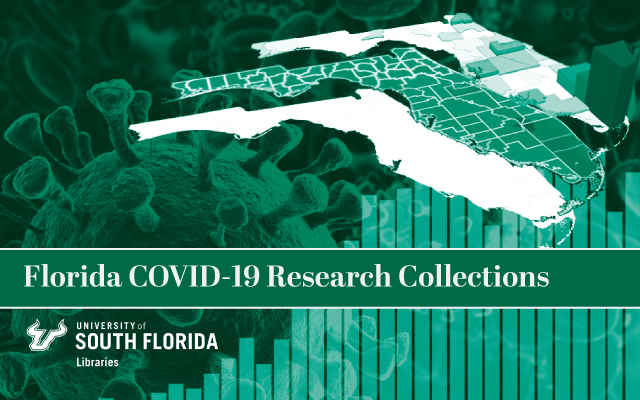
All publications
Shell Disorder Analysis Predicts Greater Resilience of the SARS-CoV-2 (COVID-19) Outside the Body and in Body Fluids
Document Type
Article
Publication Date
7-2020
Keywords
Intrinsically disordered protein, Nucleocapsid, CoV, Coronavirus, Spread, Membrane, SARS, MERS, COVID
DOI
https://doi.org/10.1016/j.micpath.2020.104177
Abstract
The coronavirus (CoV) family consists of viruses that infects a variety of animals including humans with various levels of respiratory and fecal-oral transmission levels depending on the behavior of the viruses' natural hosts and optimal viral fitness. A model to classify and predict the levels of respective respiratory and fecal-oral transmission potentials of the various viruses was built before the outbreak of MERS-CoV using AI and empirically-based molecular tools to predict the disorder level of proteins. Using the percentages of intrinsic disorder (PID) of the nucleocapsid (N) and membrane (M) proteins of CoV, the model easily clustered the viruses into three groups with the SARS-CoV (M PID = 8%, N PID = 50%) falling into Category B, in which viruses have intermediate levels of both respiratory and fecal-oral transmission potentials. Later, MERS-CoV (M PID = 9%, N PID = 44%) was found to be in Category C, which consists of viruses with lower respiratory transmission potential but with higher fecal-oral transmission capabilities. Based on the peculiarities of disorder distribution, the SARS-CoV-2 (M PID = 6%, N PID = 48%) has to be placed in Category B. Our data show however, that the SARS-CoV-2 is very strange with one of the hardest protective outer shell, (M PID = 6%) among coronaviruses. This means that it might be expected to be highly resilient in saliva or other body fluids and outside the body. An infected body is likelier to shed greater numbers of viral particles since the latter is more resistant to antimicrobial enzymes in body fluids. These particles are also likelier to remain active longer. These factors could account for the greater contagiousness of the SARS-CoV-2 and have implications for efforts to prevent its spread.
Citation / Publisher Attribution
Microbial Pathogenesis, v. 144, art. 104177
Scholar Commons Citation
Goh, Gerard Kian-Meng; Dunker, A. Keith; Foster, James A.; and Uversky, Vladimir N., "Shell Disorder Analysis Predicts Greater Resilience of the SARS-CoV-2 (COVID-19) Outside the Body and in Body Fluids" (2020). All publications. 79.
https://digitalcommons.usf.edu/usf_fcrc_all/79


Comments
Article available for free at PubMed Central: https://www.ncbi.nlm.nih.gov/pmc/articles/PMC7118597/